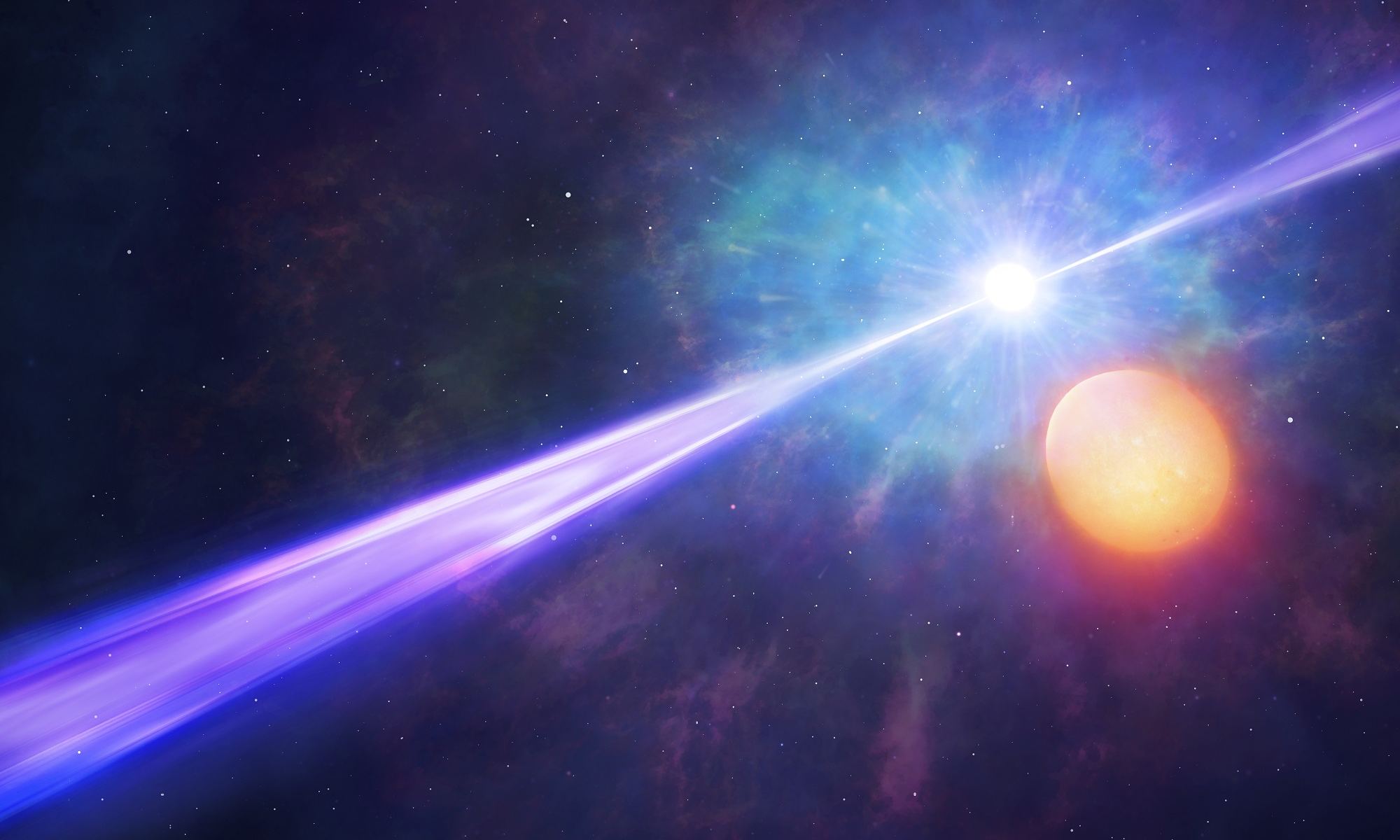When stars blow up, they tend to release their energy in a roughly spherical shape. But much after the initial blast, the resulting shock waves can sometimes be elongated in one direction. A team of theorists used laboratory lasers to identify the potential culprit: magnetic fields.
What could possibly tell a supernova blast what to do? A single explosion, which is caused by the death of a massive star after it builds up a core of iron in its heart, can outshine entire galaxies (which, for the record, are made up of hundreds of billions of stars).
The shockwaves released by the explosions spread outwards at a healthy fraction of the speed of light, slamming into any nearby gas and dust (of which there is plenty). Models of supernova explosions tend to predict spherical symmetry in the explosions: however the initial detonation occurs, by the time the shockwaves breach the surface of the exploding star, they tend to expand outwards equally in all directions.
But many supernova remnants end up not-so-spherical, and it can’t be because of the dust and gas they run into; it’s much too thin to have a dramatic effect on the stellar remnants.
To investigate the issue, a team of researchers at the École Polytechnique—Institut Polytechnique de Paris created a scaled-down (and much safer) version of a supernova blast: a laser blasting a cavity into a chamber. But the laser alone wasn’t enough to replicate observations of stretched-out supernova remnants.
They had to add magnetic fields.
As presented in the team’s paper appearing in The Astrophysical Journal, with the presence of a strong magnetic field, the shockwave in the chamber shaped itself, aligning with the direction of the magnetic field and leading to cavities reminiscent of what we see in real supernova remnants.
The physics of supernova remnants are exceedingly complicated, and it seems that we can’t ignore the presence of strong magnetic fields – fields strong enough to shape and sculpt some of the most powerful explosions known in the universe.

